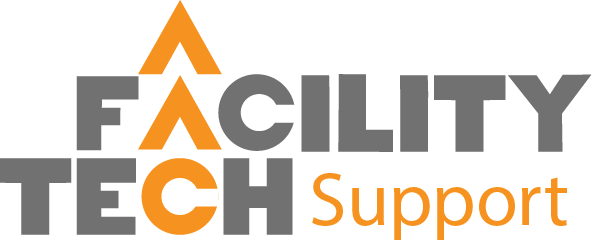Technology/Password Construction Guidelines
From Help
Contents
Password Construction Guidelines
1.Overview
Passwords are a critical component of information security. Passwords serve to protect access to user accounts, data and systems. However, a poorly constructed or easily guessed password can compromise the strongest defenses. This guideline provides best practices for creating strong passwords.
2. Purpose
The purpose of this guidelines is to provide best practices for the creation of strong passwords.
3. Scope
This guideline applies to employees, students, contractors, consultants, temporary and other workers, including all personnel affiliated with third parties. This guideline applies to all passwords including but not limited to user-level accounts, system-level accounts, web accounts, e-mail accounts, screen saver protection, voicemail, and local router logins.
4. Policy
Strong passwords are long, the more characters a password has the stronger it is. We recommend a minimum of 16 characters in all work-related passwords. In addition, we encourage the use of passphrases, passwords made up of multiple words. Examples include “It’s time for vacation” or “block-curious-sunny-leaves”. Passphrases are both easy to remember and type yet meet the strength requirements.
Password cracking or guessing may be performed on a periodic or random basis by the IT Team or its delegates. If a password is guessed or cracked during one of these scans, the user will be required to change.
5. Policy Compliance
5.1 Compliance Measurement
The IT team will verify compliance to this policy through various methods, including but not limited to password cracking exercises, business tool reports, internal and external audits, and feedback to the policy owner.
5.2 Exceptions
Any exception to the policy must be approved by the IT team in advance.
5.3 Non-Compliance
An employee found to have violated this policy may be subject to disciplinary action, up to and including termination of employment.
6. Related Standards, Policies and Processes
None.
7. Definitions and Terms
None.
8. Revision History
Date of Change: July 2023
Responsible: IT Director
Summary of Change: Updated and converted to new format.
